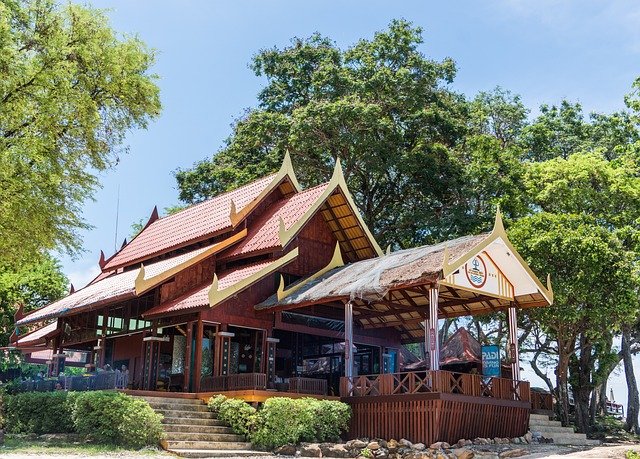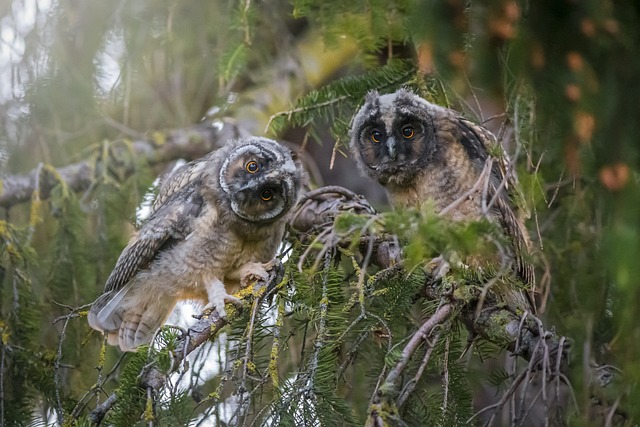big gaming 🔥 The Evolution of Big Gaming: A Cultural Phenomenon or Just a Fad?

Olá, amigos! O tema de hoje é big gaming, além de esclarecer algumas dúvidas sobre big gaming. Vamos direto ao ponto!
In the vast universe of entertainment, few realms have expanded as explosively as the gaming industry. Once relegated to a niche market, gaming has morphed into a colossal beast, dominating cultural conversations and reshaping social dynamics. But as we revel in the pixelated wonders of today, it’s crucial to ponder: Is big gaming a cultural phenomenon that’s here to stay, or is it simply a passing fad, destined to fizzle out like the arcade machines of yesteryear?
Let’s take a stroll down memory lane. Not long ago, gaming was often associated with a solitary kid in a dimly lit room, fingers dancing over a controller, oblivious to the world outside. Fast forward a couple of decades, and that image is barely recognizable. Today, gaming is a vibrant social activity that transcends age, gender, and geography. It’s a means of connection, with people spanning continents teaming up to conquer virtual worlds together. From Twitch streams to YouTube let’s-plays, the gaming community has exploded, creating a tapestry of shared experiences that binds players together.big gaming
A significant part of this evolution lies in the rise of e-sports, which have transformed competitive gaming into a global spectacle. Major tournaments now fill stadiums with thousands of fans—yes, fans!—cheering for their favorite teams as if they were at a football match. Millions more tune in online, creating a viewership that rivals traditional sports. It’s a cultural shift that has not only legitimized gaming but has also attracted the attention of sponsors, investors, and even mainstream media.
But let’s not kid ourselves; with great power comes great responsibility. The rise of big gaming hasn’t been without controversy. Issues related to toxicity in online communities, the mental health implications of excessive gaming, and the environmental impact of gaming hardware are discussions that can’t be swept under the rug. As gaming becomes more integrated into our everyday lives, it raises the question: How do we maintain a healthy balance between our love for gaming and the real world?
A análise de big gaming nos permite perceber a complexidade do problema.
Moreover, the industry is at a crossroads with the advent of technologies like virtual reality and artificial intelligence. These innovations promise to deepen our immersion in gaming worlds, but they also spark debates about addiction and the blurring lines between reality and the virtual realm. It’s a double-edged sword: while these advancements can enhance experiences, they can also lead us down a rabbit hole from which we may struggle to emerge.
As the big gaming phenomenon continues to evolve, it’s essential to recognize the influence it wields over society. Gaming is no longer just about escapism; it’s a platform for storytelling, creativity, and even social activism. Developers are increasingly using their platforms to address significant social issues, creating narratives that resonate with players on a deeper level. This shift in focus gives gaming a purpose beyond mere entertainment, allowing it to serve as a vehicle for change. big gaming

Think about it: how many games have tackled themes of mental health, environmental conservation, or social justice? Players are not just passive consumers; they’re being invited to engage, reflect, and even act. As the lines between gaming and reality continue to blur, it’s becoming clear that the medium has the potential to influence attitudes and spark meaningful conversations.big gaming

Yet, amidst the glittering success stories and the cultural impact, there’s an undercurrent of concern. The gaming industry is often criticized for its exploitative monetization strategies. The rise of microtransactions, loot boxes, and pay-to-win models raises ethical questions about fairness and accessibility. It’s a delicate balance between generating revenue and maintaining the integrity of gaming as a form of entertainment. As big gaming continues to expand its reach, it faces the challenge of navigating these murky waters while keeping its audience engaged and satisfied.
So where does that leave us? Is big gaming a cultural phenomenon that will endure, or is it merely a fleeting trend? While there’s no crystal ball to predict the future, one thing is clear: the cultural landscape has shifted dramatically. Gaming is not just a hobby; it’s a lifestyle, a community, and a source of creativity. It has embedded itself into the fabric of our society, influencing everything from fashion to music.
As we look to the future, it seems that big gaming is not just here to stay; it’s poised to become an even more integral part of our lives. The question we should be asking ourselves is not whether gaming will endure, but how we can harness its potential for positive impact. In a world that’s more interconnected than ever, gaming has the unique ability to bridge divides and foster understanding. So let’s embrace this cultural revolution, navigate its complexities, and see where it takes us. After all, in the realm of gaming, the only limit is our imagination.
Agradecemos seu apoio, este compartilhamento sobre big gaming e big gaming chegou ao fim!
Fale conosco. Envie dúvidas, críticas ou sugestões para a nossa equipe através dos contatos abaixo:
Telefone: 0086-10-8805-0795
Email: portuguese@9099.com


